Search
01392 A LOW COKING AND CARBURIZATION RESISTANT COATING FOR ETHYLENE PYROLYSIS FURNACES
Also Purchased
02386 A NEW CARBURIZATION RESISTANT ALLOY FOR ETHYLENE PYROLYSIS FURNACE TUBES
Product Number:
51300-02386-SG
ISBN:
02386 2002 CP
Publication Date:
2002
$20.00
01389 LOCAL HEAVY CARBURIZATION OF OLEFIN PYROLYSIS FURNACE TUBE
Product Number:
51300-01389-SG
ISBN:
01389 2001 CP
$20.00
01388 Effect of ID Surface Modification on Carburization of Ethylene Furnace Tubes
Product Number:
51300-01388-SG
ISBN:
01388 2001 CP
$20.00




